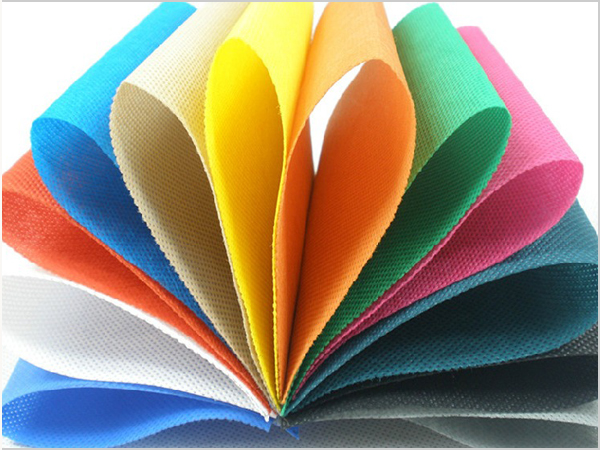- Xiangshuo has stood out in the field of spunbond nonwoven fabrics!
- How should enterprises respond to the impact of repeated tariffs
- PP non-woven fabric is a new type of environmental protection material!
- Under the tariff challenge, the textile and garment industry has a new opportunity
- Spunbonded non-woven fabric is an efficient, multi-functional modern material!

- Telephone: 0551- 66779966
- Cellphone: 18955130444
- Email: 58792982@qq.com
- Address: Building 1-2, East of Wubu Village Section, Hehuai Road, Wushan Town, Changfeng County, Hefei City, Anhui Province
What is spunbonded non-woven fabric? What is the difference with non-woven fabric?
Non-woven fabric is a kind of fabric that does not require spinning and weaving. It is just a textile short fiber or filament that is oriented or randomly braced to form a fiber network structure, and then is reinforced by mechanical, thermal bonding or chemical methods. To put it simply: it is not interwoven and braided together by a piece of yarn, but the fiber is directly bonded together by a physical method, so when you get the adhesive scale in your clothes, you will find that it is not possible to pull out a piece of thread. Nonwovens break through the traditional textile principle, and has the characteristics of short process flow, fast production speed, high output, low cost, wide use, multiple sources of raw materials and so on.
Its main uses can be roughly divided into:
(1) Medical and health cloth: surgical clothes, protective clothing, disinfectant cloth, masks, diapers, women's sanitary napkins, etc.;
(2) Home decoration cloth: wall cloth, tablecloth, bed sheet, bedspread, etc.;
(3) with the cloth: lining, adhesive lining, wadding, shaping cotton, a variety of synthetic leather bottom cloth;
(4) Industrial cloth: filter materials, insulation materials, cement bags, geotextiles, covering cloth, etc.;
(5) Agricultural cloth: crop protection cloth, seedling breeding cloth, irrigation cloth, thermal insulation curtain, etc.;
spunbonded non-woven fabric is in the polymer has been extruded, stretched to form a continuous filament, filament laid into a network, and then through the self-bonding, thermal bonding, chemical bonding or mechanical reinforcement method, so that the fiber network into non-woven fabric.
The main products of spunbonded non-woven fabric are polypropylene, polyester (long fiber, short fiber) non-woven fabrics, our most common and most commonly used applications are non-woven bags, non-woven packaging, etc.; The identification of spunbonded non-woven fabric is easier, the general bidirectional fastness is good, and the rolling point of the general spunbonded non-woven fabric is diamond shaped. Now it has been favored by more people, for such a product, we have to learn to consider from more aspects, from the perspective of all development, then we have to learn to consider from the perspective of all.
Anhui Xiangshuo Nonwovens Technology Co., LTD. Main scope of experience: non-woven fabrics, non-woven products, non-woven new materials research and development, production and sales; Chemical fiber equipment, non-woven equipment manufacturing, sales; Plastic masterbatch functional masterbatch development, production and sales; Research and development, production and sales of outdoor products; PE woven tarpaulin, furniture covers, plastic nets, trash cans, plastic greenhouse research and development, production and sales.
- Xiangshuo has stood out in the field of spunbond nonwoven fabrics!
- How should enterprises respond to the impact of repeated tariffs
- PP non-woven fabric is a new type of environmental protection material!
- Under the tariff challenge, the textile and garment industry has a new opportunity
- Spunbonded non-woven fabric is an efficient, multi-functional modern material!
- By the wind of gold, silver and silver, Keqiao Textile set sail
- PP non-woven fabrics occupy an important position in many fields!
- Textile industry is tested How should textile people cope with such challenges?
- What is the production process of spunbonded nonwovens?
- How to achieve revenue growth driven by policy dividend and technological revolution?



